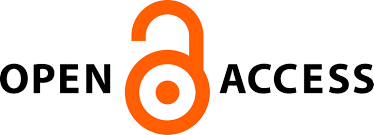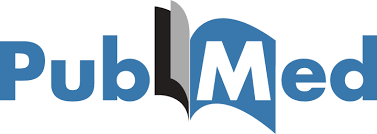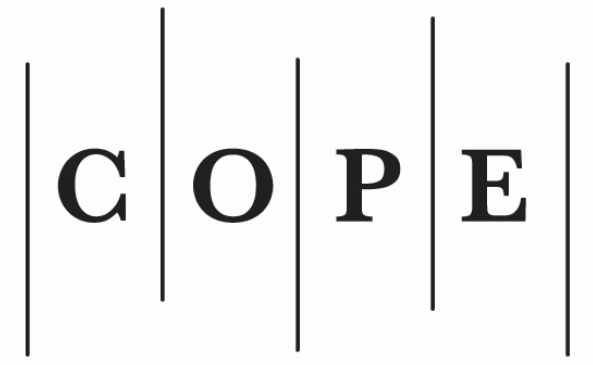Socialinės įtakos mechanizmai. Naujos galimybės paveikti administracinės teisės normų įgyvendinimo procesą
plugins.themes.bootstrap3.article.main6929b18ddde43
Santrauka
Lietuvoje socialinės įtakos mechanizmų galimybės ir būdai veikti vykstančius procesus administracinės teisės sistemoje yra analizuojami ir vertinami kaip valstybinio valdymo metodai. Lietuvos administracinėje teisėje įprasta išskirti tris valstybinio valdymo metodus: įtikinėjimą, skatinimą ir prievartą. Lietuvos viešojo administravimo sistemoje išskiriami vyraujantys du bendrieji (pagrindiniai) viešojo administravimo metodai: įtikinimo valdymo metodas ir prievartos (administracinės prievartos) valdymo metodas.
Tačiau įvykę socialinės kaitos procesai suteikia naujų galimybių dėl prioritetinio vaidmens individui (asmeniui), o ne valstybės valdžios institucijai, valstybinio valdymo metodų sąrašą plėsti svarstant naujų, modernių socialinės įtakos mechanizmų galimybes.
Tačiau įvykę socialinės kaitos procesai suteikia naujų galimybių dėl prioritetinio vaidmens individui (asmeniui), o ne valstybės valdžios institucijai, valstybinio valdymo metodų sąrašą plėsti svarstant naujų, modernių socialinės įtakos mechanizmų galimybes.
plugins.themes.bootstrap3.article.details6929b18de1d39
Skyrius
Mokslo straipsnis
Šiam žurnalui suteikta Creative Commons Priskyrimas - CC BY 4.0 licencija (taikoma nuo 2025 m.).






